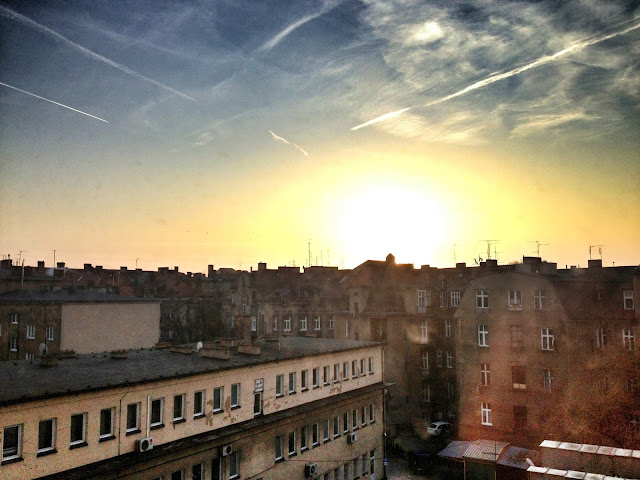Ask many professional photographers how they feel about iphone photography and you are almost guaranteed to get a knee-jerk reaction concerning a lack of required skill and a loss of quality, however the use of iphones by professionals has become increasingly widespread, even in fields such as photojournalism, often inciting well-deserved debate and criticism.
Surprisingly enough that didnҀt stop the New York Times from publishing images by photojournalist Damon Winter on the cover of a November issue in 2010. Winter later won third place for feature picture from Pictures of The Year International for an image taken from these series of war images in Afghanistan. Photographer Chip Litherland joined the hot debate when he responded to the award by writing, Ӏwhat we knew as photojournalism at its purest form is over and POYi just killed it. Well, they didnҀt kill it so much as just dig another knife deeper into the back of its decaying corpse.Ԁ
The instant process paired with heavy filters that alter the overall ascetics leaves many to believe that such a process is unauthentic and unrepresentative when used as a tool of photojournalism. However, Litherland, along with many others, argues that this type of debate rests on the issue of content, which he adamantly argues is left completely raw and unchanged in his images.
When I first arrived in Poland just over a month ago, the first few weeks were spent on assimilating myself as well as working diligently on discovering and navigating my new surroundings. For some time, my Canon 7D didnҀt get to see the light of day, but my photographic impulsive still continued and I often find myself interpreting and documenting the details of a new world in squares. Unlike Litherland, my iPhone images have much less to do with telling a story, but rather illustrating small fragments of my journey in Europe.
Ultimately, and with the debate of photojournalism aside, iPhone photography has removed yet another barrier between photographer and subject and has transformed and exposed the art of image making. The trade off when compared to analog is a loss of intimacy in the craft and production process, yet an incomparable and fruitful yield as a form of expression now open to a modern public that so desperately needs more direct access and involvement in art, creativity, and critical thinking. The most insightful and articulate conclusion I have read on the issue was offered by Australian radio producer and blogger Neda Vanovac:
Camera phones have not been the death of the art of photography. On the contrary, they have revived what has in the past tended to be a borderline-elitist activity, and put it in the hands of anyone with a phone. This revolution has been a long time coming [ŀ] Photography can belong to everyone. It helps us look at and document our worlds in another way, and share those results. It has been refreshed, and is more spontaneous now than ever before. I wouldnҀt dream of denigrating traditional photography, which is a true skill and craft and something that I greatly admire. iPhone photography will never replace it. It just adds another dimension to the field.
Drew Bennett
19:20 Central European Time
Poznan, Poland


















No comments:
Post a Comment